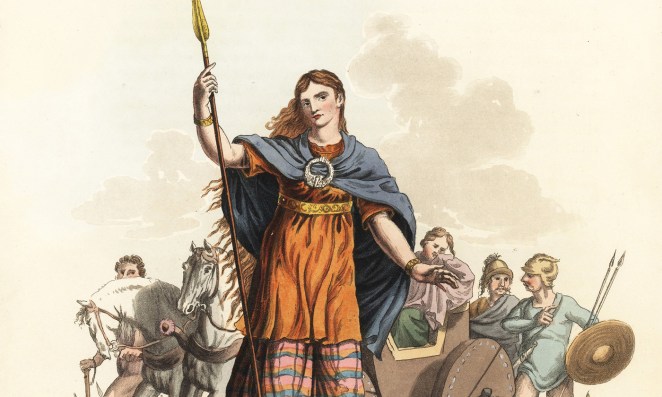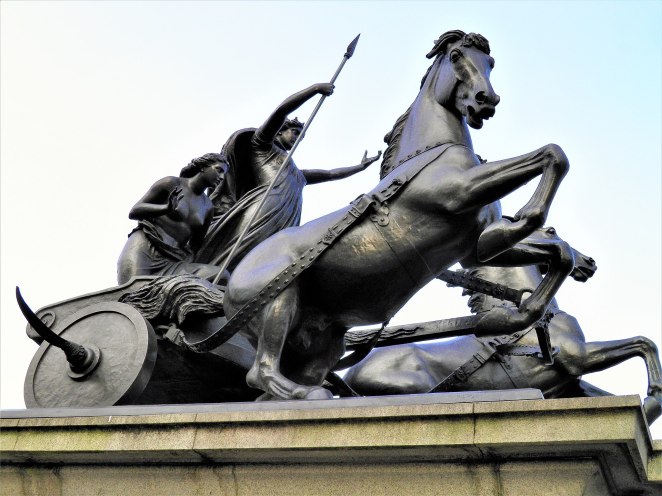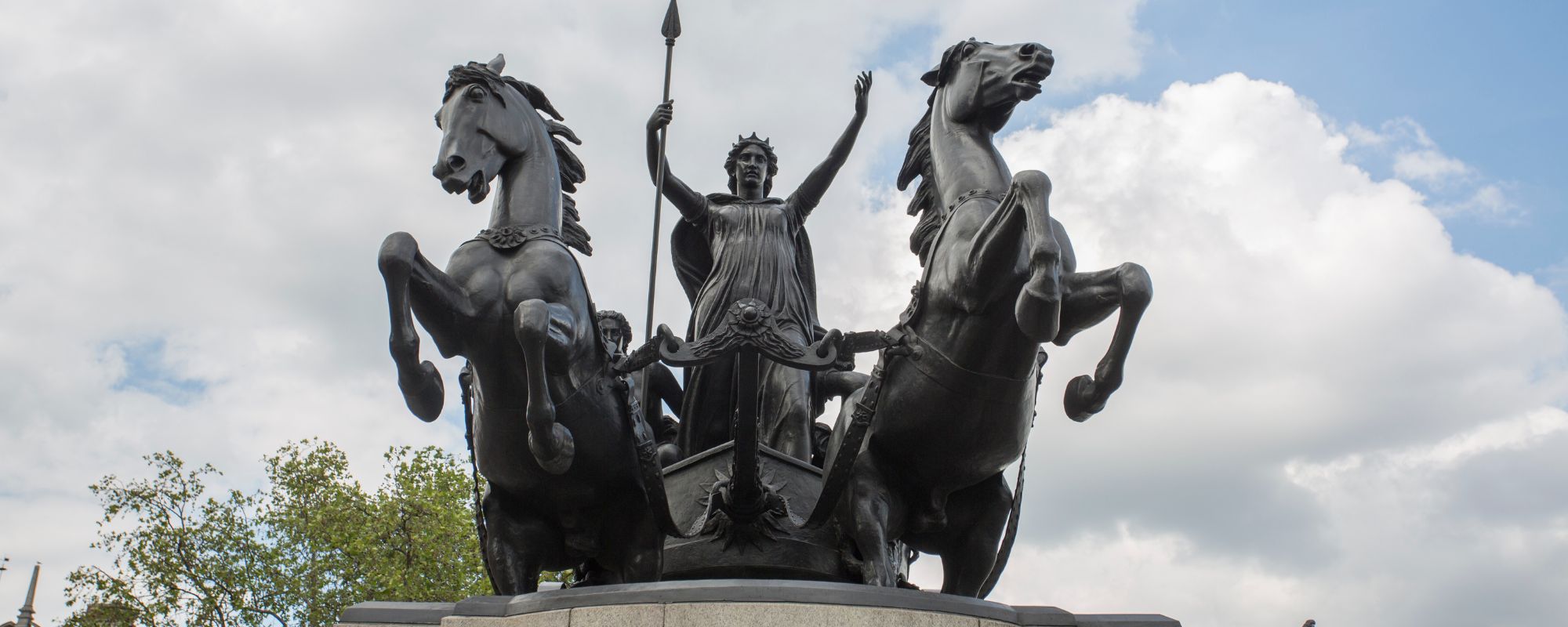In 60/61 AD, thousands of Romans were killed by the vengeful Queen Boudica of Britain. After the annexation of her family’s land, Boudica led her troops in a violent revolt against the ancient superpower — she nearly beat them out of Britain.
Videos by Rare
Queen Boudica

Born on the British isles around 30 AD, Queen Boudica was a native woman, likely a priestess, who became a queen through marriage. Her husband Prasutagus was the king of the Iceni: a British Celtic tribe that inhabited what is now Norfolk, England. They had two daughters together.
Throughout his reign, Prasutagus ruled as a client-state, a sort of independent ally, of Rome, which had a strong presence in Britain. So, upon his death around 60 AD, Prasutagus left his kingdom jointly to both his daughters, as well as the Roman emperor Nero. But Nero and his generals ignored half of that will. Roman forces came in and annexed the Iceni territory, flogging Boudica and raping her two daughters.
Then it was war.
The Battle
In 60/61, Boudica led the Iceni, along with other British tribes, in a revolt against Rome. Together, they destroyed Camulodunum (modern-day Colchester) which was once Rome’s capital city in Britain. From there, they took on more established settlements, sacking and burning Londinium (modern-day London) and Verulamium (modern-day St. Albans). Romans living there were powerless against Boudica and her followers, and an estimated 70,000 to 80,000 people were killed.
Even the Roman governor Gaius Suetonius Paulinus abandoned he area, retreating to regroup his military. The ongoing crisis made Nero reconsider his presence in Britain. But Suetonius was eventually able to conquer the Britons, despite being outnumbered. Following the final showdown, Boudica took her own life and Rome affirmed full control over the British province.
Although, Rome soon due for its own demise.
Rome Burns
Soon after Boudica’s rebellion, Rome burned… while Emperor Nero fiddled. At least according to legend. Boudica had some impact on the once-powerful empire, which had also been struggling for year’s under Nero’s reign. The emperor, whose exploits are now infamous, bankrupted the state in order to pay for vanity projects like the Domus Aurea (in English: Golden House). He also killed his own mother, Aggripina. Aggripina was an evil meddler, to be sure, but matricide was shocking even then.
Then, in 64 AD, a bad fire broke out in Rome, leveling much of the city. And the rumor was that Nero spent the time playing his beloved fiddle. Though it’s unlikely true, this is the story that stuck, propelled by the subsequent emperor Flavius and repeated throughout history.
Following the fire, Nero scapegoated the disaster on the oft-maligned Christian population. He and his followers began burnering them in the street. It was the beginning of the end for Nero, who forced a companion to kill him in 68 AD amid rumblings of a rebellion.
Boudica, meanwhile, became something of an icon for an evolving Britain. During the English Renaissance, her story became famous again and she became a cultural symbol for the country, appearing often in art throughout the 18th and 19th centuries.




